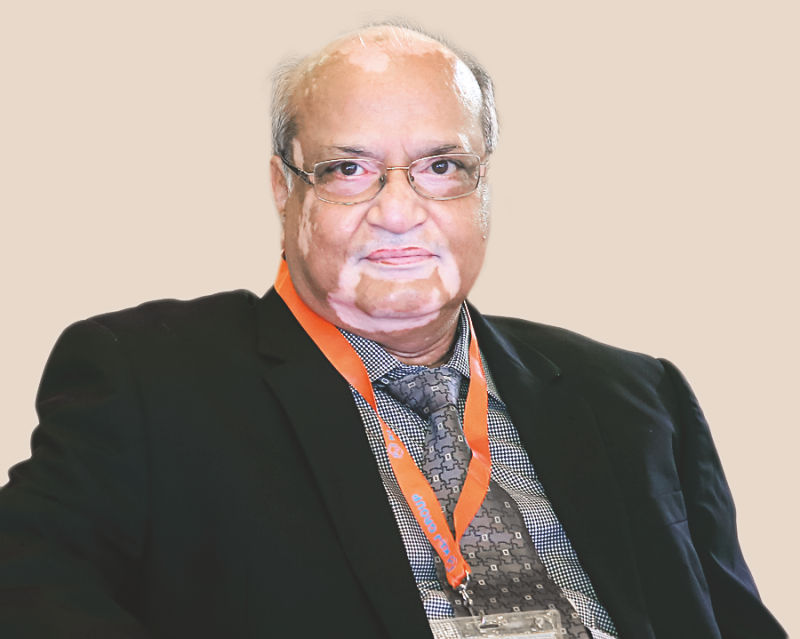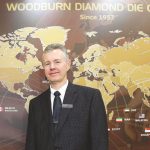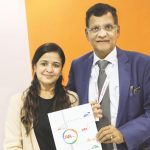Having served the telecom and conventional power cabling requirements with its extensive range for long enough time, Uniflex is now ready to do its bit for renewable energy sector and other specialty needs with its innovative e-beam technology for cross-linking of polymers.

Uniflex Cables, established in 1981, is a leading manufacturer of power, telecommunication, and numerous specialty cables in India. The company became a subsidiary of Apar Industries in 2008, and has since expanding both its product range and capacities. A leading exporter, it exports about 30 percent of its cable production to SAARC countries, the Middle East and Africa.
Of its plants, one is located at Umbergaon, Gujarat, just 140 kms from Mumbai, with the installed capacity of 88,935 km; other is located at Rabale, Maharashtra, near Mumbai. Both the facilities are well equipped with advance manufacturing and testing facilities. The company also set up a new green field cables plant at Khatalwad for elastomeric cables and e-beam cables. This plant has two e‐beam accelerators (of 1.5 MeV and 3.0 MeV) with beaming handling system for wide range of cables.
Uniflex manufactures a broad range of power and control cables from HT and LT cables to electron beam Irradiated cables, and from medium range XLPE cables up to 33kv. It manufactures elastomeric cables in its state‐of‐the‐art manufacturing facility of Royale System, USA and has been supplying elastomeric cables to various industry segments such as railways, shipbuilding, steel, cement, power, defense, mining etc. for almost three decades.
Wire & Cable India had a brief discussion with Mr. V. K. Bajaj, CEO, Uniflex Cables Ltd. to know the latest developments at Uniflex and its inclination to renewable energy sector in terms of solutions it intends to develop. Excerpts:
Wire & Cable India: How has been the year 2015 for Uniflex Cables?
V. K. Bajaj: The year 2015-16 was a reasonably good year for our cable business. We could achieve a growth of almost 23 percent despite reduced aluminium and copper prices besides that of other raw materials like steel, polymers, etc. The growth was achieved in XLPE and Rubber cables; however the fiber optic cables saw a sluggish demand and delayed purchasing by our customers. The overall domestic market demand for XLPE was quite good in key sectors like utilities and EPC besides few industrial segments and Uniflex capitalized on this increased demand. The overall margin levels also showed improvement and that is encouraging news.
WCI: Detail us on the various new developments at Uniflex Cables?
VKB: We at Uniflex Cables are consistently developing application based new products. For export market, we developed and exported few specialty XLPE cables like insulated overhead conductors, anti-power theft cables with prepaid metering communication pairs, besides few specialty under-water/ subsea cables for the domestic market.
WCI: Renewable energy is now seen as the new energy source of the future, what is Uniflex doing to contribute to the growth of the renewable market places?
VKB: We have commissioned electron beam (e-beam) accelerators for cross linking of polymers, used for insulation and jacketing, to achieve much better physical and electrical properties required for cables to operate in the harsh environments. The cables installed in renewable projects are required to endure much harsh environments over long periods (customer expectations > 25 years) and this is possible mainly by e-beam technology.
The specialty electron beam cross linked solar DC cables are finding increasing acceptance in this segment, as this is the main technology that can assure a cable life of over 25 years. Now even our EB cross linked XLPE cables are also being sought by solar developers due its capability to operate at higher ambient temperatures, and offering higher current ratings. Uniflex Cable has positioned itself as a key supplier to this segment, and has been accepted by almost all leading solar farm developers. We made good in roads into roof top solar as well. We are already the leader in the wind mill sector, though the sector is yet to pick up significantly.
WCI: What is the current state of renewable energy market in India and where is it heading?
VKB: Renewable Energy is already showing improved demand with commissioning of almost 3000 MW installations. This is likely to grow to about 8000 MW installations in 2016-17. The Govt. target is much more ambitious, and efforts are being made to maximize the development of renewable energy in the country over the next 5 years. Therefore, cable as a product for this segment is likely to see an exponential growth.
WCI: Highlight the issues that the wire and cable industry is facing today.
VKB: The cable as a product is a very raw material intensive product with low margins, hence is susceptible to changes in the input costs, which is still not well understood by the purchasers. Due to over capacity in cable industry, the margins continue to be low, despite improved demand. The untimely payment from several utilities and EPC is an issue that the industry has to reckon with. The customer acceptance of newer technology is still slow, perhaps due to indecision at appropriate level and also the fact the standards are not getting updated as fast as the technology is developing.




